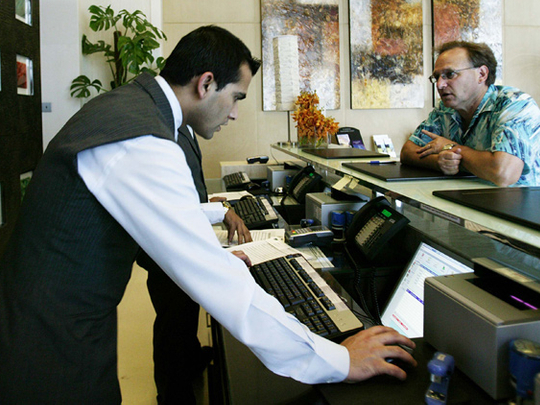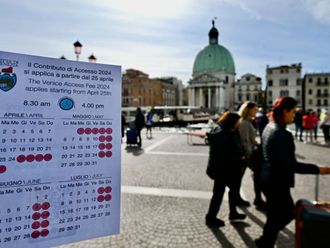
Dubai: Dubai welcomed 8.36 million international overnight visitors in the first six months of 2019, posting a three per cent in tourism volume growth compared to the same period last year, according to the latest data released by Dubai’s Department of Tourism and Commerce Marketing (Dubai Tourism).
India once again led the pack, drawing the highest half year volumes with 997,000 visitors. Dubai continued to drive booking interest from Indians on a mass scale largely due to sustained campaigns across the most accessible Tier-1 and Tier-2 cities. At an audience penetration level, travel share of Indian families with children rose by a substantial 10 percentage points from 24 to 34 per cent, directly reflecting higher GDP impact due to party size and spend potential.
Saudi visitors, who numbered 755,000 during the period registered a growth of 2 per cent in the first six months with a notable 4.9 per cent increase over the Eid break alone. Travellers from the UK were third in terms of numbers, with 586,000 travellers beating the odds against a significantly devalued British Pound and amid growing political and economic turbulences surrounding Brexit. China and Oman stood at fourth and fifth spots with 501,000 and 499,000 visitors respectively.
Helal Saeed Almarri, Director General, Dubai Tourism commented: “Tourism is one of the cornerstones of Dubai’s diversified economic growth. The consequent rise in value creation opportunities, and more inclusive sector participation are core priorities, as we equally strive to sustainably grow GDP contribution. Our first half results are a particularly encouraging reflection of our progress towards this ambition and underline the effectiveness of our diversified market outreach with holistic ‘awareness to booking’ cycle content amplification and audience delivery, through a deeply networked ecosystem of global partners, industry stakeholders and government enablers.”
In terms of regions, Western Europe retained its regional leadership with strong contributions in overnight visitor volumes during the first half of 2019. Commanding a 21 per cent share of arrivals, and in addition to UK and German contributions, 10 per cent growth stemmed from France and five per cent growth from Italy with the Netherlands and the Nordics adding to net volumes. The GCC and South Asia closely followed, with 18 and 16 per cent share of all international visitation to the city respectively. North Asia and South-East Asia accounted for 12 per cent to reflect not just China, but also growing consideration for Dubai in newer Eastern territories.
The proximity markets across the MENA region maintained a volume of 10 per cent, with Egypt specifically jumping to 13th place recording a 10 per cent increase in visitors, while Russia, CIS and the Eastern Europe region followed with a strong nine per cent share of the tourist base. The Americas and Africa came at seven and five per cent contributions respectively. Australasia rounded off the regional mix with two per cent of the market share.
Almarri added: “Designed to counter unforeseen macroeconomic variables faced by the global travel ecosystem and mitigate impediments associated with over-reliance on any one market or region, we have been long-standing proponents of a globally diversified market strategy — which continues to support our resilience as a sector. Our agile and customised strategic programmes also continued to deliver novel and market-centric solutions to strike a fine balance in fuelling more traffic from our traditional strongholds and unlocking the immense potential that exists in the emerging markets.”
Hotel inventory
Between January and June 2019, several new hotels were adding to the city’s portfolio.
Average occupancy for the hotel sector stood at 76 per cent, with establishments delivering a combined 15.71 million occupied room nights during the first six months of the year, a five per cent increase over the same period in 2018.
Spread across a total of 714 establishments, Dubai’s hotel room inventory stood at 118,345 at the end of June 2019, representing a six per cent increase.
Luxury five-star and four-star hotels commanded 34 and 25 per cent of the emirate’s total inventory, respectively. Meanwhile properties in the one to three-star categories represented a share of 20 per cent. Increasing demand for diversified accommodation options was met with a combined 21 per cent of hotel apartment establishments across the deluxe/superior and standard categories.












